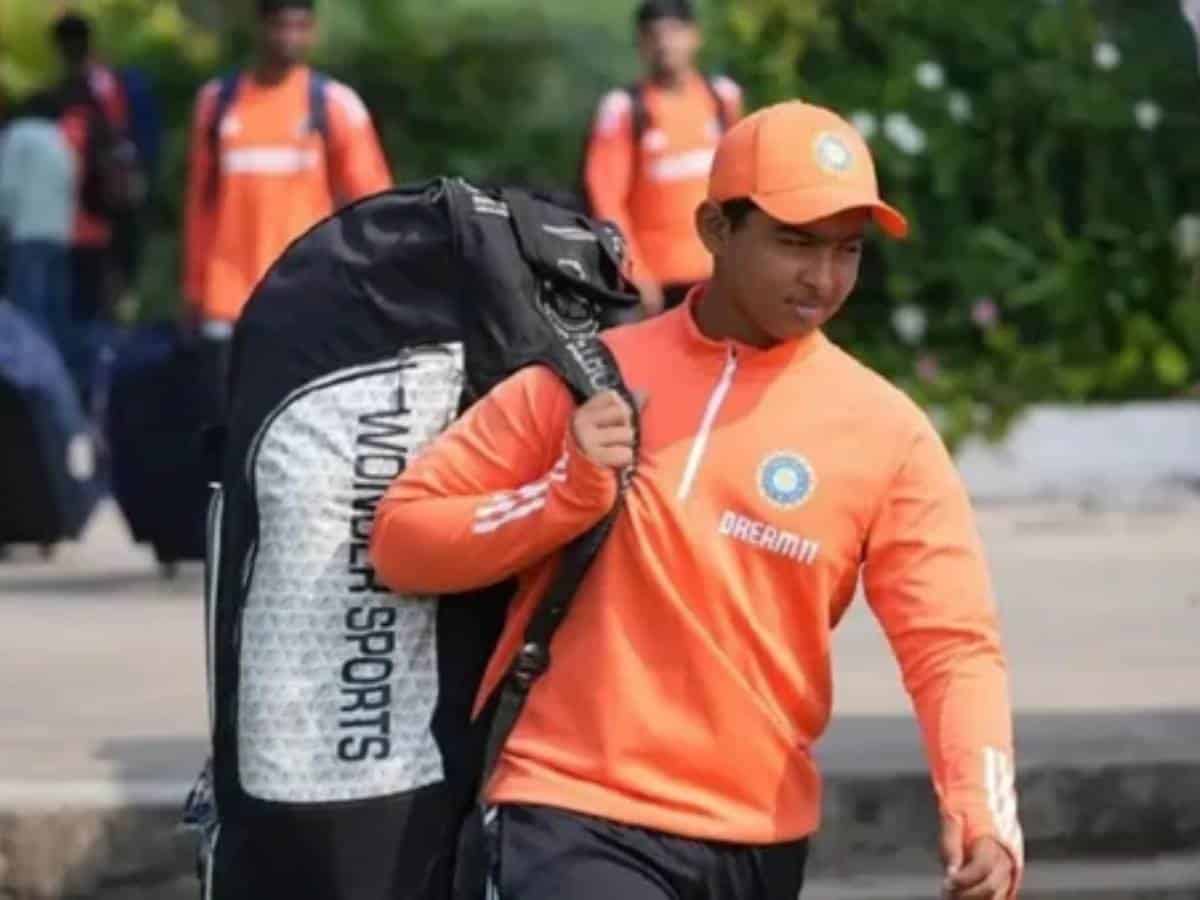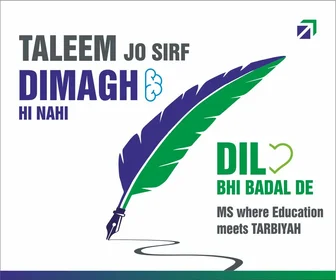
Unusual things often happen in sports but one of the most astonishing events that occurred recently was the induction of 13-year-old Vaibhav Suryavanshi into the battlefields of the IPL.
Rajasthan Royals outbid Delhi Capitals and enlisted him with an offer of Rs 1.10 crores. The issue hit the media headlines and resulted in a debate across social media and the Press.
Is it right to throw schoolboys into the high-pressure cauldron of politics, financial contracts and obligations that accompany professional sports?
While one section thinks that the move will encourage the young lad and also the other youths who are striving for glory, many people feel that it is wrong to heap so much money and pressure on a schoolboy, however talented he may be.
Only money-making option
There is a valid argument that it may lead teenagers and their parents to look at sport merely as a money-making option. The honour and glory of representing one’s country may no longer be the driving force for achieving excellence. The focus may shift to obtaining enormous contracts.
The risk of malpractices entering into school-level competitions is also there. Unethical behaviour, fake certificates and corruption are already seen at the junior levels, but with so much money at stake, it may increase further.
Physical risk
Apart from this, one has to also consider the physical risks that players of tender age may face from senior rivals. Can a player below 15 years in age, cope with a tearway fast bowler who may be ten years older, much fitter and stronger and one who is capable of hurling the ball at speeds of 150 kmph or more?
Serious injuries and even deaths have occurred in many sports including cricket. The example of Aussie cricketer Phillip Hughes comes to mind when his teammates observed the 10th anniversary of his death recently. In 2014, Hughes was hit in the neck by a bouncer from fast bowler Sean Abbott during a Sheffield Shield match. Despite many attempts to revive him, he died two days later.
It must be noted that Hughes was an extremely fit 25-year- old athlete and he was wearing a helmet. But still he suffered a deadly blow. The ball struck him in an unprotected area on the neck below his ear and it resulted in the tragedy.
There is also the example of India’s Raman Lamba who died after he was struck on the temple by a cricket ball while fielding at forward short leg. Lamba was asked to wear a helmet, but he thought it was unnecessary because only three balls of the over were remaining. It was an error that could also be made by a schoolboy.
Counter argument
Against this, there is a counterargument that Sachin Tendulkar dealt very effectively with Pakistan’s fast bowlers when he was only 16 years old. But it must be remembered that nature made Sachin a cricketing genius. Every player cannot do what Sachin did.
For lesser mortals, it is better to be safe than sorry. In many respects, it would be best to keep schoolboys away from the stress and dangers of top-level professional cricket.
At that age, a budding player should enjoy his game and aspire to don his country’s cap one day. That ambition should ignite his passion. Representing India should be considered a far greater honour than bagging a lucrative professional contract with an IPL team.

